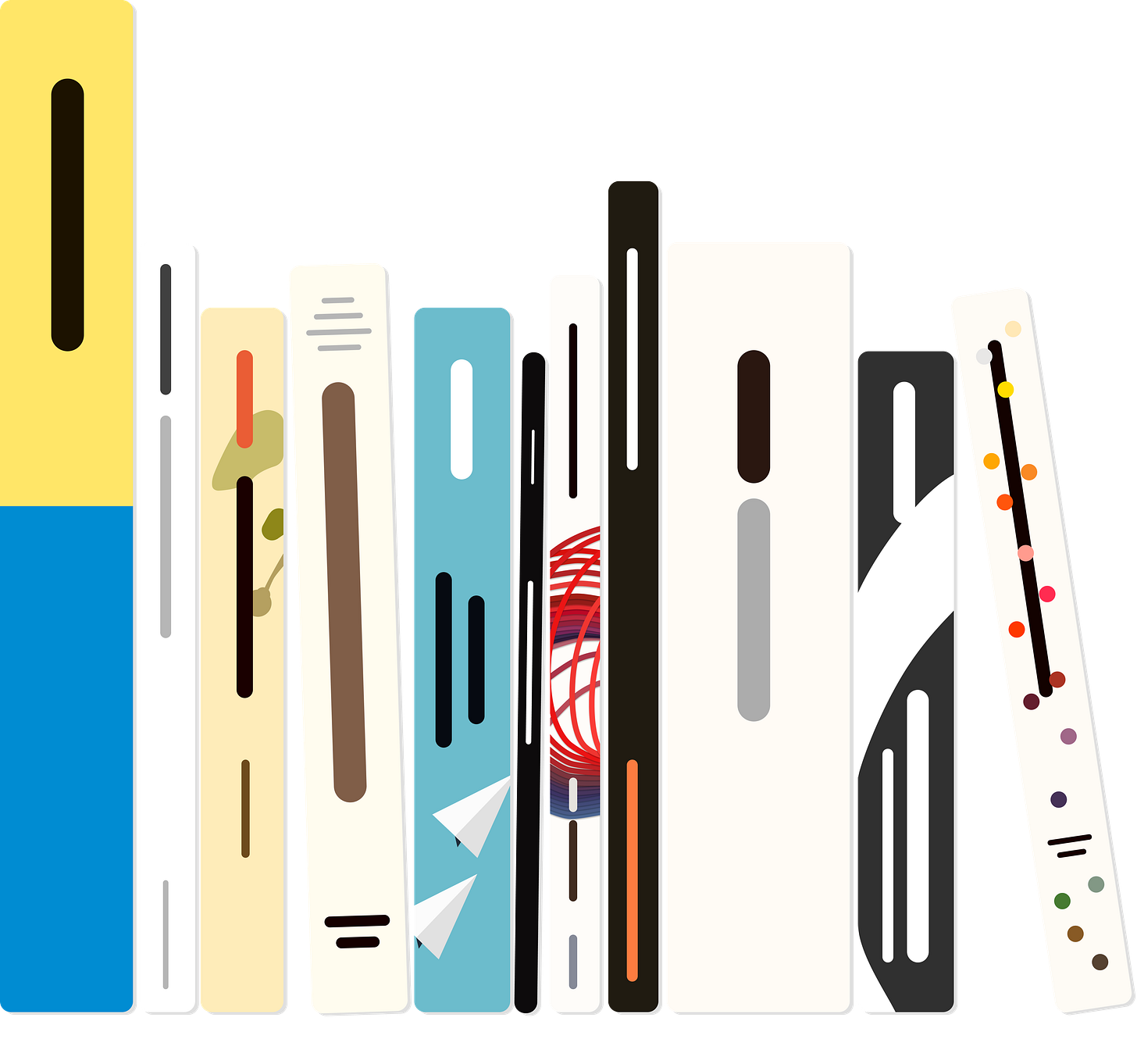This was originally published by Chris Guimarin on June 9th, 2020. Subscribe to his weekly collection of thoughts here!
What problems can design help to solve, and when is it misused?
?Design Thinking
Design is not a singular concept, it is an interwoven patchwork of ideas. Primarily, when I talk about design, it falls into two views. One is the tactical process of executing a plan. I like to say this is the craft of design, particularly when a practitioner visualizes a concept with a medium and iterates towards a goal. The second is design as an approach and a lens to view systems and ideas. Like how the practitioner makes decisions to visualize a goal like where to put a color or what typeface to use, a person is doing the same process when creating a system. This has also been called design thinking. The article by Maggie Gram titled “On Design Thinking” discusses how the definition of the design has shifted over the years, the impact of design thinking, and how we should address it.
Her definition of design thinking is “using a particular set of design methods to solve problems that traditionally have fallen outside the purview of design.”
The article is woven full of history and insights, I highly recommend it for all designers and anyone working with them. It provided me the historical context for several concepts in design theory. It also beautifully talks about how design isn’t magic and looks at the trend of applying design thinking to wicked problems.
Since the protest began, many have tried to capitalize on the moment to share a poster or an illustration. I ask those who are doing so, what are you hoping to solve? This is a problem that can’t be designed with a new brand or updated messaging; it has to be unpacked, the divergences explored, and understanding that there will be no right solution. We will have to fight our way to an honest and collaborative approach to a problem of genuine complexity. Schessa Garbutt wrote an article also about how black lives matter is not a design challenge.
Support Artists:
As mentioned in Recap #2, continue to seek out creators, voices, and content created by people different from you. For every industry, there are groups to follow and people to learn from so put the work in.
Here are a few sites for specific industries:
The Toolbox
A look at a tool that has improved my workflow.
Operational Security for Activists
If you are protesting or want to improve your security, look through this site. It has information on how to use VPNs, how to run a pseudonymous social media account, how the government tracks your location, and more. By using a phone and the internet, we are at times unwitting, compromising our privacy, and participating in a system we may not fully understand.
? The Bookshelf
Notes and ideas from books I have read or are currently reading.
Books are a crucial part of development. I love to read and consume information. Reading was my first escape, and is my constant teacher. I thank my grandmother for instilling in me a love of books and giving me the habit of continually collecting them. There is a joy entering a different world, learning new facets of our universe, and experiencing a different perspective.
The bookshelf section here and on my website is my way of sharing what I am reading and what books I’ve enjoyed. As mentioned in Recap #1, here, I will either talk actively about books I am reading or refer to past books for specific, timely insights. On ChrisGuimarin.com will be the fuller list of books and links on where to find them.
For this week, I am going to recommend two books, “Design for the Real World” by Victor Papanek and “Thinking in Systems” by Donella H. Meadows. These two books really opened my mind about how to think about design and how expansive decisions designers can make. “Design for the Real World” challenged my thinking about how to view design. It really analyzes the intended and unintended consequences from design and how to think about it holistically. “Thinking in Systems” is one of my all-time favorites. It provides a language to talk about the systems and provides a way to unpack an idea that may appear too big to understand and review.
Check out more of my recommendations here
To receive this newsletter in your inbox weekly, subscribe here.
